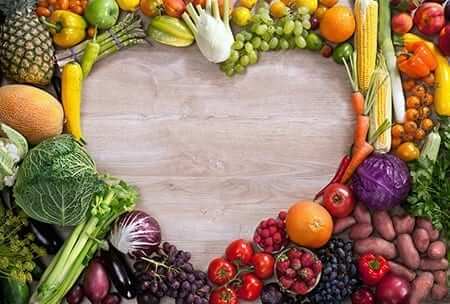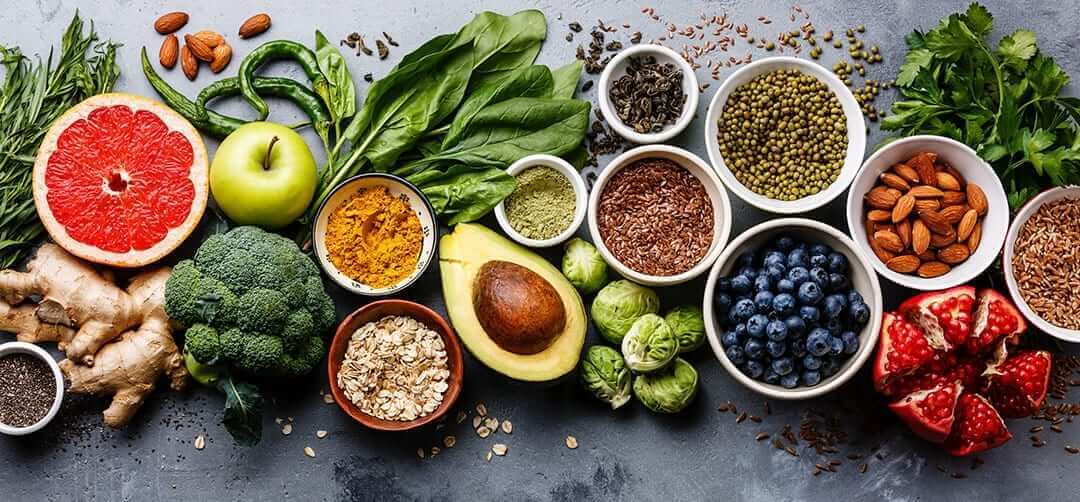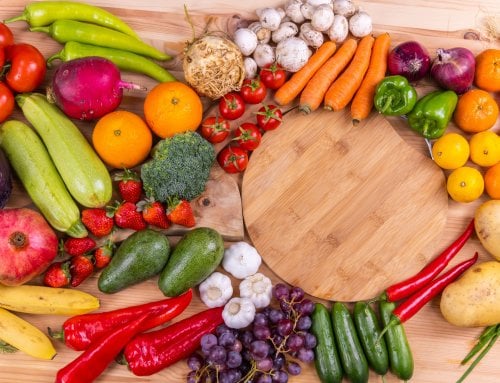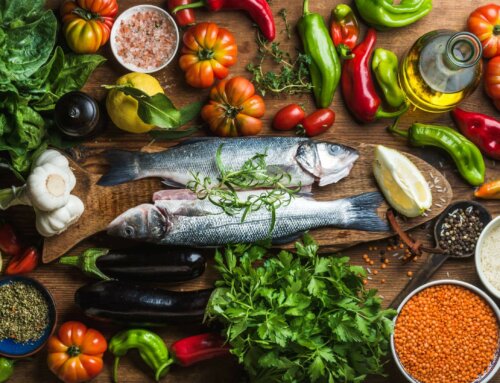I am often asked “what are the best foods to eat?” by patients when they are initially diagnosed with diabetes. The perception of proper eating upon diagnosis runs the gamut. Many patients are afraid to eat anything that resembles a carbohydrate and end up feeling weak, confused and with a lack of daily concentration. They eliminate all grains, breads, pasta, rice, corn, potatoes, beans, lentils, cereal, fruits, milk, yogurt and anything else that breaks down into sugar because “someone told them to”. The other extreme are those who insist they will continue to “eat what they want, when they want even with diabetes”. These patients rarely obtain blood sugar control and complain that “their doctor keeps loading them up with more medications”.

- Pre-germinated brown rice: One of the major diabetes complications is neuropathy or nerve damage related to elevated blood sugars for a period of time. Nerve damage can occur in any nerves endings in the body including retinopathy in the eyes, gastroparesis in the gut, nephropathy in the kidneys or neuropathy in the feet or hands. Recent research done at The Medical College of Georgia found that “a diet rich in pre- germinated brown rice protected animals with diabetes from neuropathy”. Pre-germinated rice is made by soaking the brown rice for 22 hours in warm water prior to cooking. This causes germination or tiny invisible shoots or sprouts to come off the rice kernels and seem to be protection against neuropathy. The pre- germinated brown rice is loaded with fiber which also helps regulate blood sugar. Eating a 1/2 cup of beans with a 1/2 cup of pre-germinated brown rice (2 servings of a carbohydrate) may be a perfect choice for a meal along with non-starchy vegetables and lean protein. Eating resistant starch may offer some similar benefits while slowing the spikes of blood sugar. This includes Glucerna products as well as cooking a pot of steel cut oatmeal at the beginning of the week and then reheating a portion each day.
- Food spiced with curry: Curry is a popular spice from India which may help people with diabetes due to the compound in turmeric. The curcumin in the turmeric is a natural anti-inflammatory. It has been compared to Advil, Motrin and hydrocortisone without the possible toxic side effects. Diabetes is associated with inflammation. Turmeric has a slightly bitter, warm and fragrant taste with shades of ginger and orange flavor. It is easy to add the spice to grilled meats or add into salad dressings combined with olive oil. Make a dip of turmeric mixed with yogurt and eat with fresh cut vegetables. You can combine with rice, lentils or even egg salad. Purchase the pure turmeric over curry powder for added benefits. It may help with detoxifying the liver, reduces symptoms of rheumatoid arthritis, and it may decrease the risk of certain cancers and lowers bad cholesterol.
- Magnesium: The mineral magnesium is often ignored when compared to sodium and potassium. It supports the immune system and decreases inflammation, both of which are associated with diabetes. A study done at Harvard states that “magnesium lowers the risk of diabetes by 33%”. Consuming enough magnesium may reduce the risk of a heart attack, depression, migraines and muscle / leg cramps. Good sources of magnesium include fatty fish- wild salmon, mackerel and tuna. Those fish also contain high levels of Omega 3’s which is an added bonus. Leafy greens such as spinach, collard greens, kale and Swiss chard are great sources of magnesium with low carbohydrates. Low fat dairy products including yogurt and many types of beans (black, red, white, chick peas, and kidneys, along with lentils) are great sources of magnesium too. These beans all count as carbohydrates so watch the portion sizes. Soybeans or Edamame contain magnesium, fiber and vitamins. Many patients love bananas but are afraid to eat them due to their glycemic index. Eating a half of a medium banana as a single serving is a good source of magnesium and potassium. Bananas may also aid in blood pressure reduction and bone building. Nuts such as almonds, Brazils, pecans, cashews and seeds-pumpkin, sunflower and flaxseeds should be included as great choices with magnesium but can be higher in fat and calories so portion sizes are crucial. Every now and then, include one square of dark chocolate (70% or higher) for 24% of your daily requirement of magnesium. Dark chocolate also relaxes blood vessel walls and can assist with blood pressure reduction.
- Vitamin C: Vitamin C has been known as a strong antioxidant for years that supports the immune system. This is extremely important to those with diabetes. It protects against free radicals which can damage cells. Vitamin C helps with collagen building and is the framework for our skin and bones. Vitamin C assists with serotonin production which is necessary for sleep, moods and how we experience pain. Foods with vitamin C are very “diabetic friendly”. They include tomatoes, bell peppers, spinach, Brussel sprouts, cabbage and cauliflower which are all non –starchy low carbohydrate vegetables. Also on the list are citrus such as lemons, limes, oranges and grapefruit; all of which are great for people with diabetes unless on statins. Berries, pears, apples, watermelon, kiwis, cantaloupe all contain good amounts of vitamin C and strengthen immunity during the up coming cold and flu season. These choices should be counted more carefully as a carbohydrate and eaten in a portion.
- Coffee: Recent findings state that “coffee may reduce inflammatory markers including C- reactive protein-CRP, and serum amyloid which are generally elevated in people with diabetes”. Another possibility is that coffee contains chlorogenic acid which is a plant compound known to reduce glucose absorption, increase insulin secretion and improve glucose metabolism due to its antioxidant properties. Coffee may reduce metabolic syndrome which includes hypertension, hyperglycemia, hyperlipidemia and increased body fat. Add some cinnamon to your coffee for added benefits. Decaffeinated coffee did not show the same response so check with your health care provider if you are caffeine sensitive, have an existing heart condition or usually avoid caffeine.
These are just a few selections of great foods which may help with better diabetes management and the ability to reduce your risks of complications. Include a variety of healthy foods for a winning combination of avoiding boredom and maintaining good health!
NOTE: Consult your Doctor first to make sure my recommendations fit your special health needs.













Thank you so much for this article. It is so informative and helped answer a lot of questions I had on “WHAT TO EAT”. It is such a struggle. I have printed this out so I can go to it easily for a refresher course. 😀
Donna